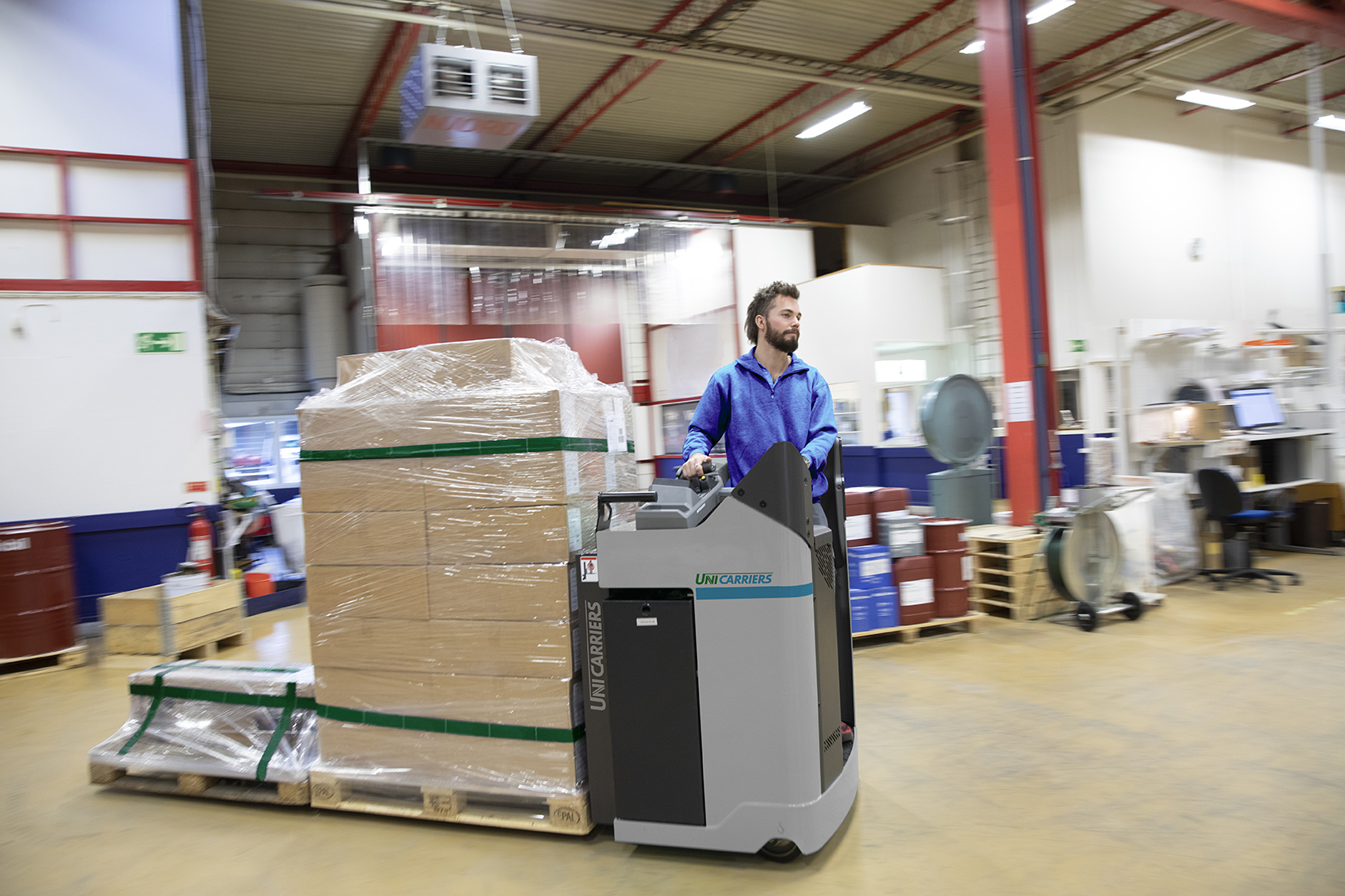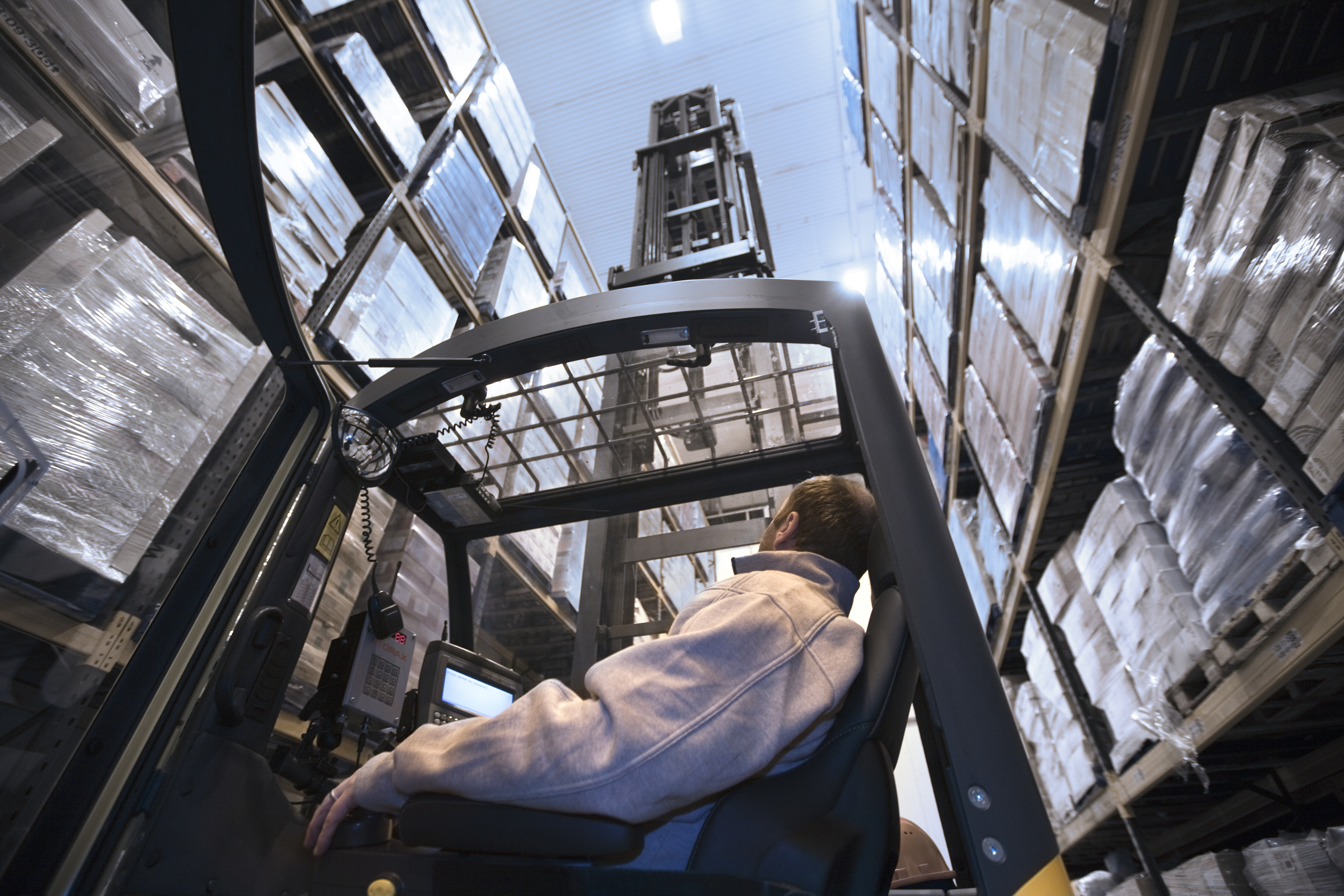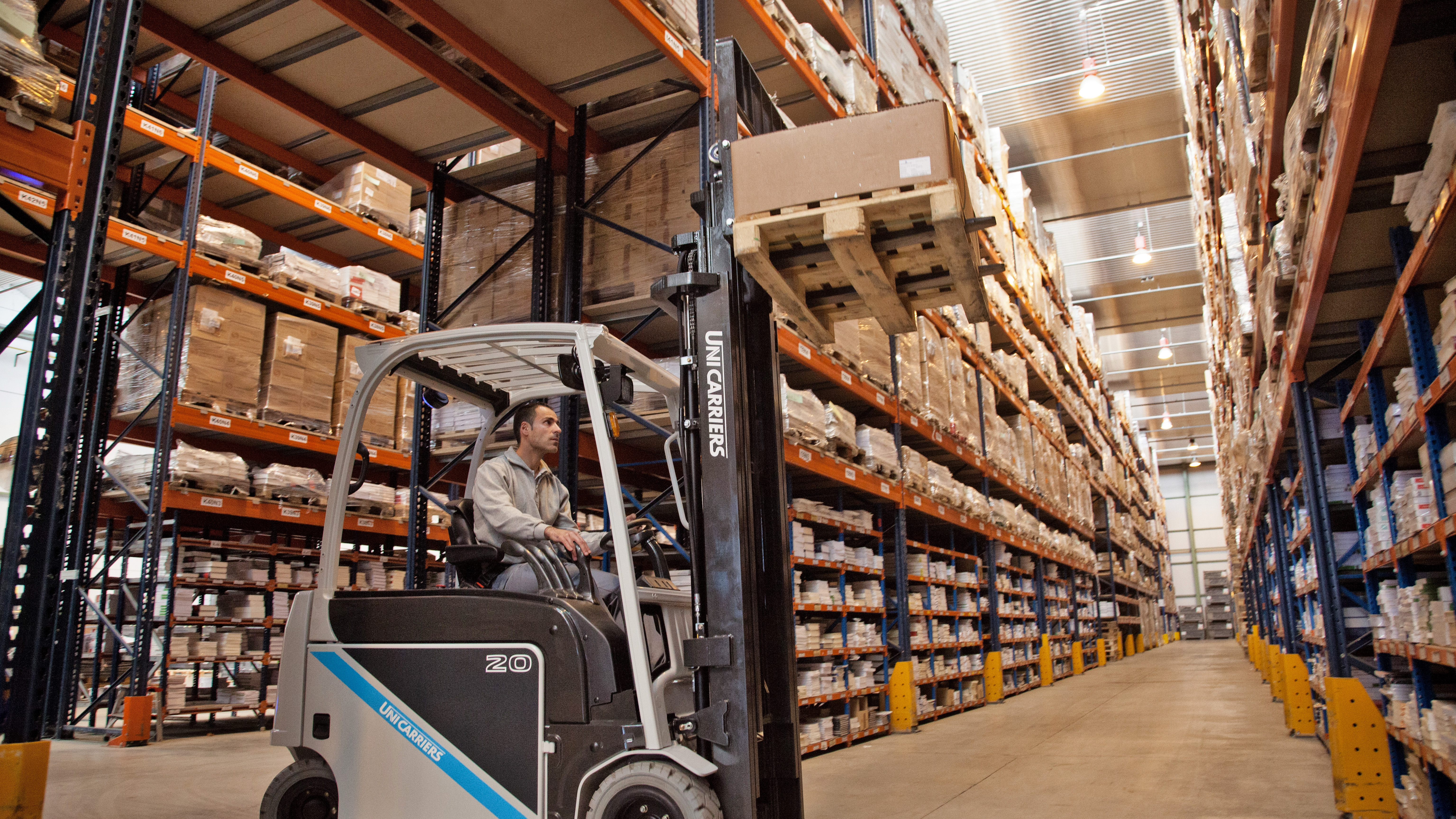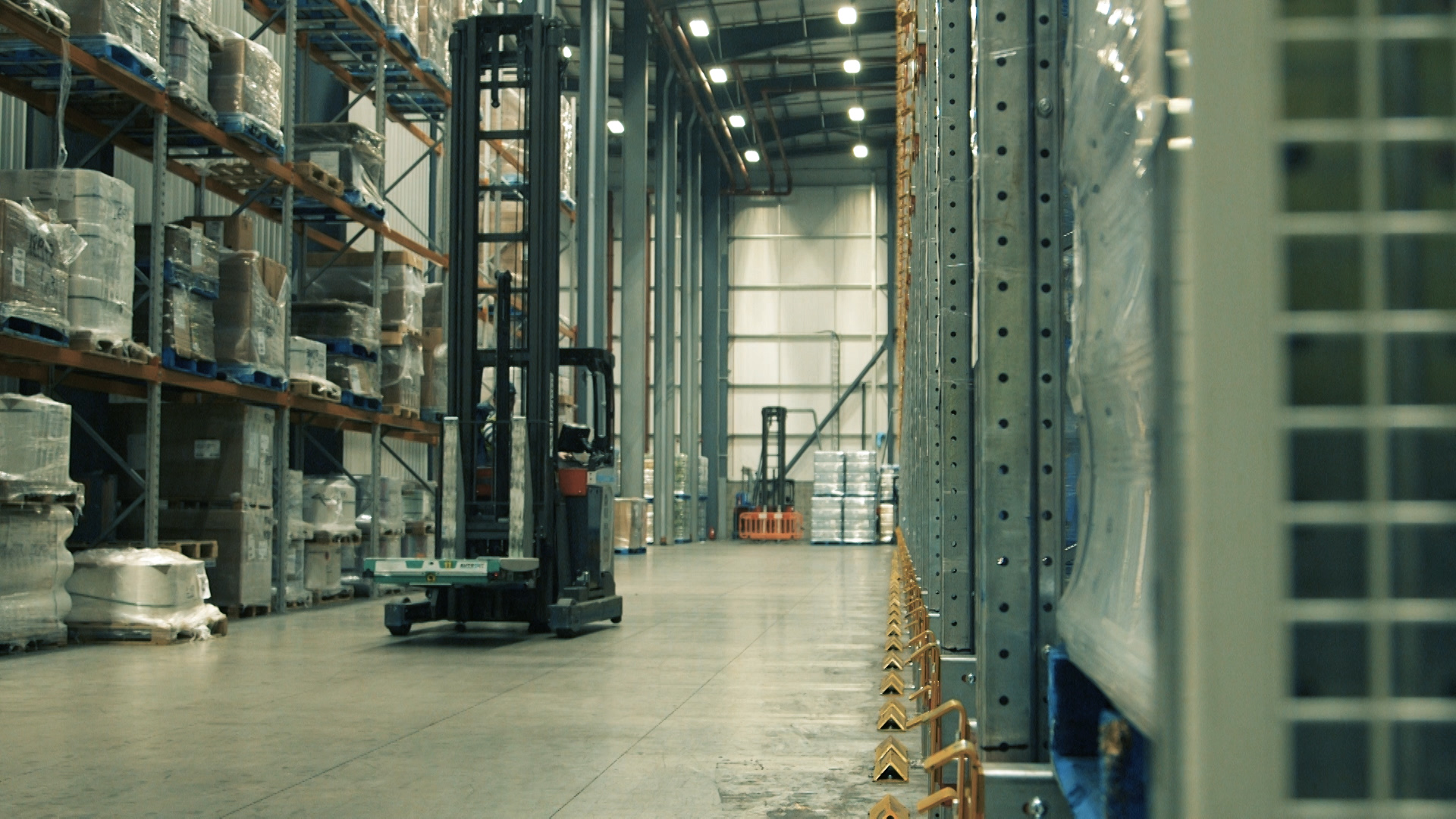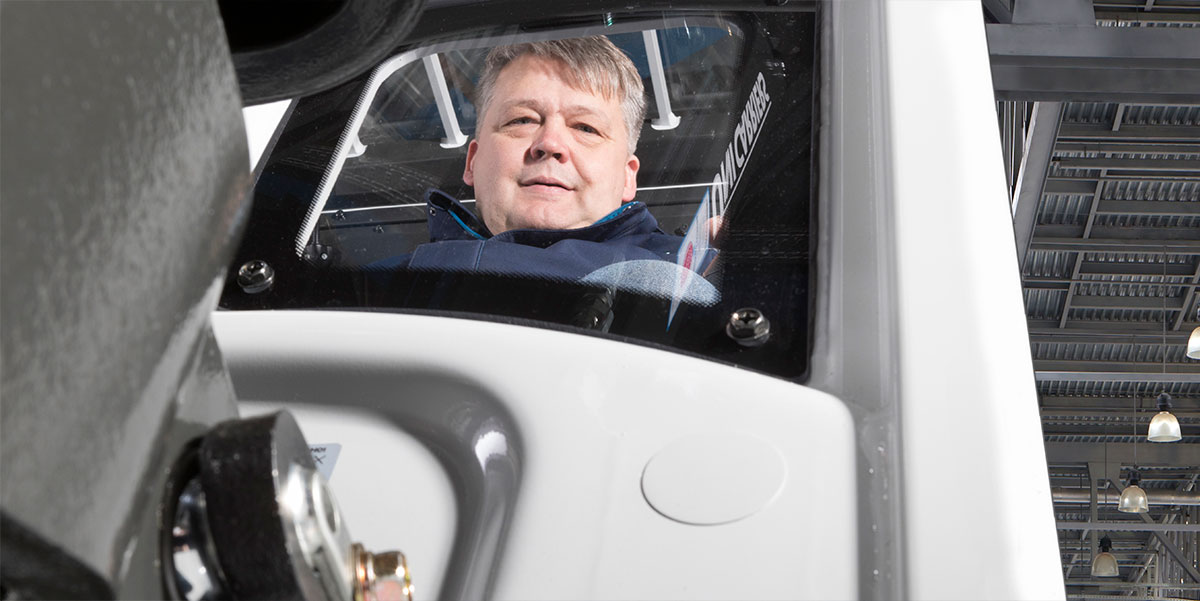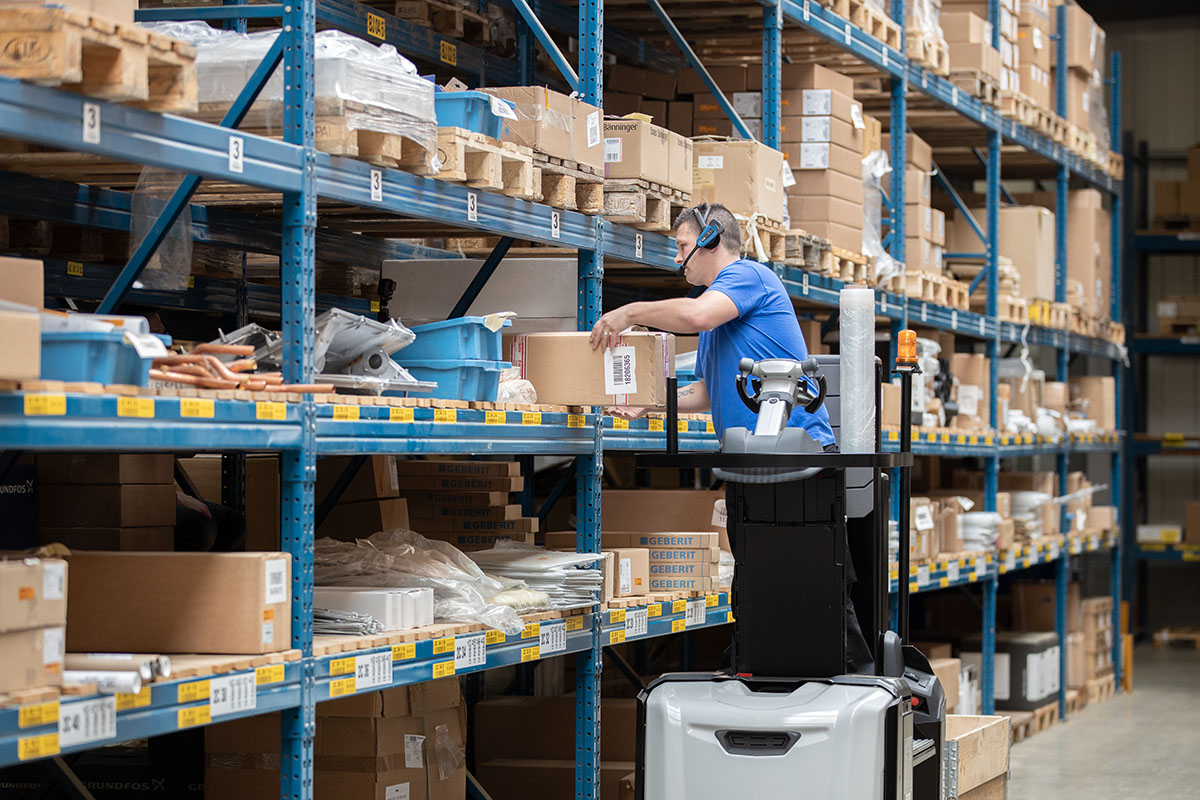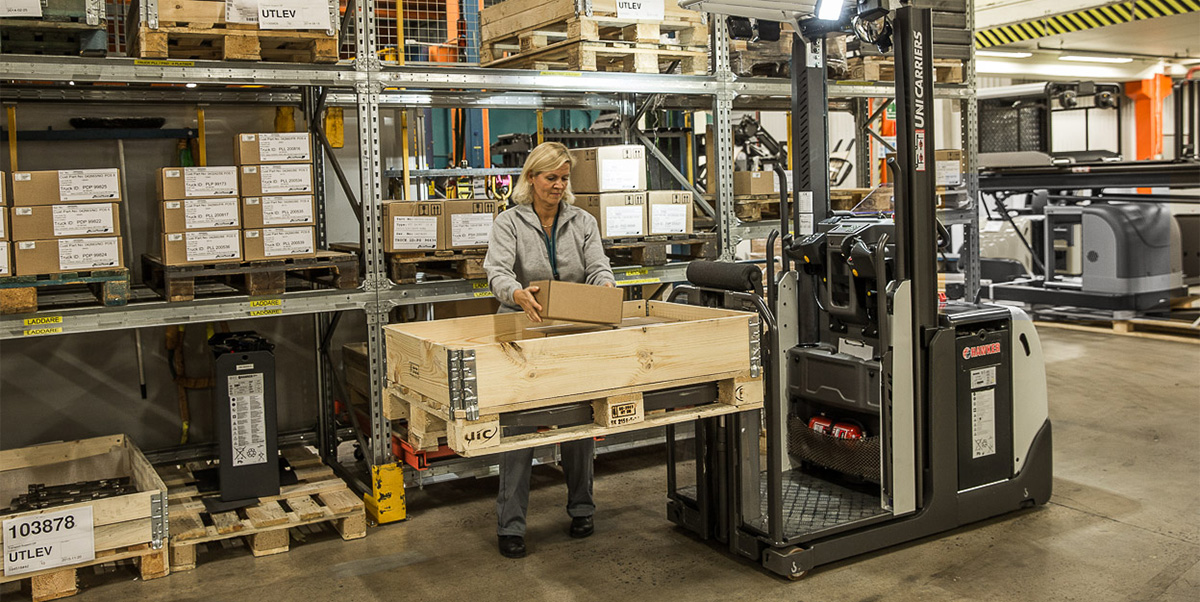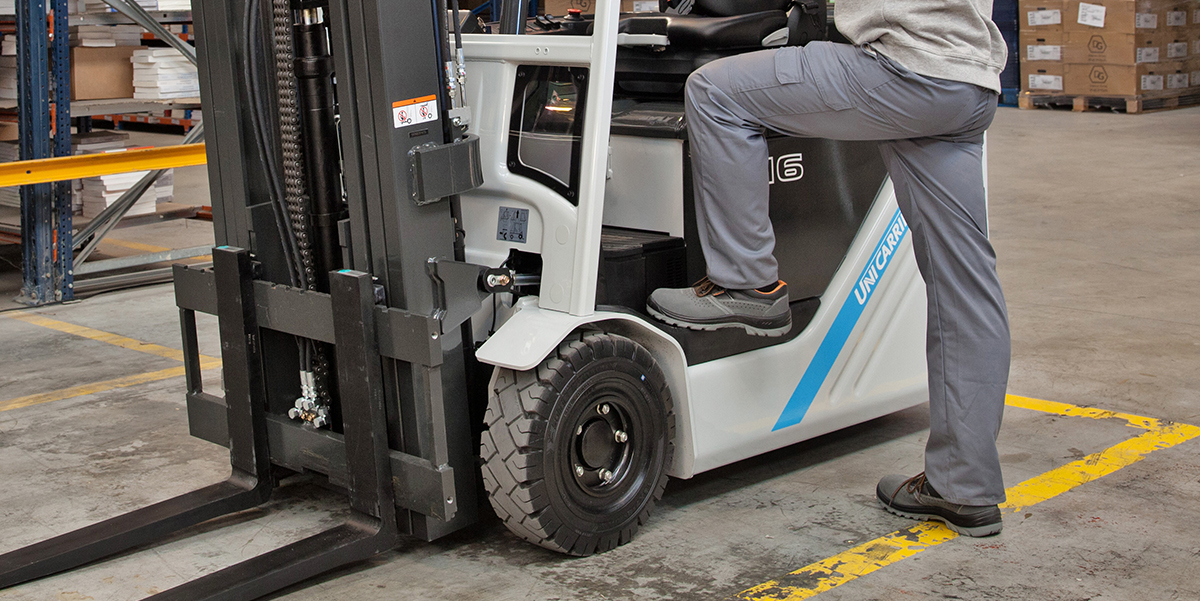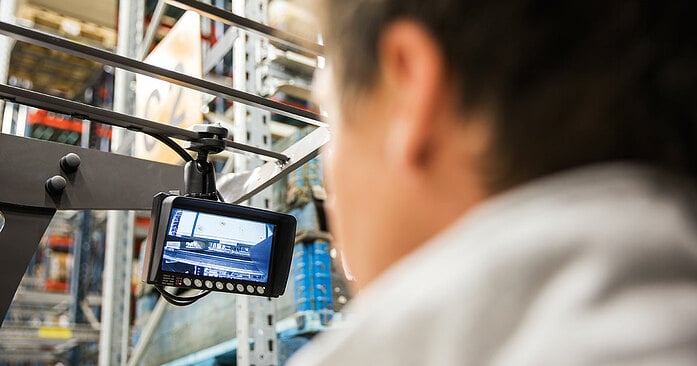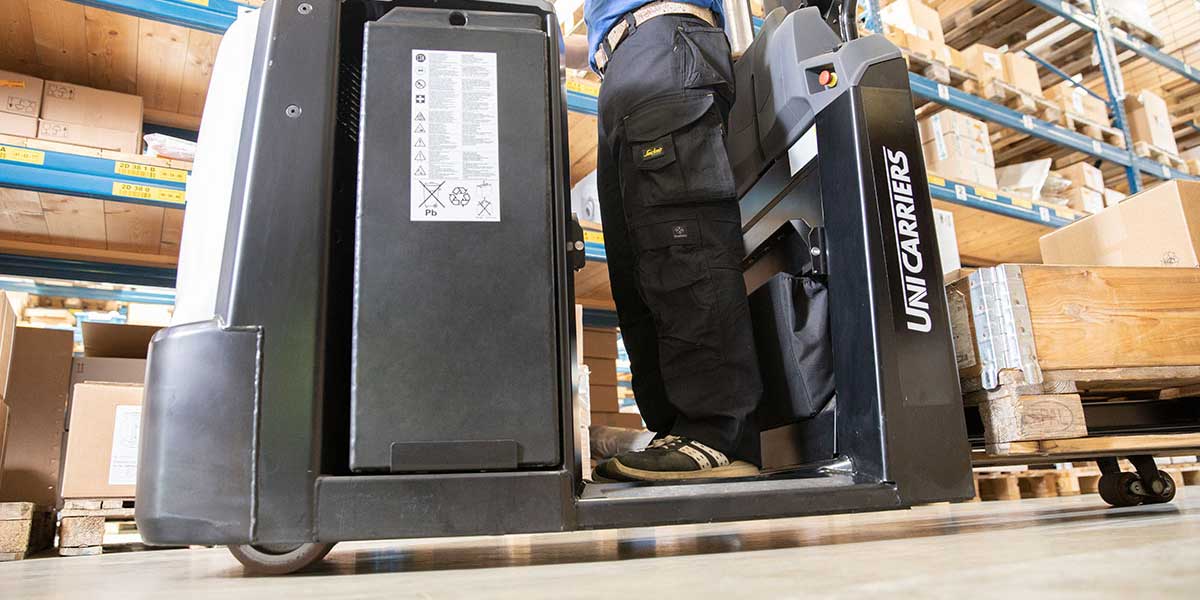Ride-on and stand-in pallet trucks are some of the most widely used pieces of equipment in the material handling world. In order to optimise your warehouse operations without compromising the safety, comfort, and efficiency of your operators, you need to ensure that the machines you’re investing in are reliable, robust, and ergonomically focused.
Optimise your material handling operations with the UniCarriers pallet truck family: PLF, PLS, PLR and ALR
Higher & Heavier – can it do the job, will it do the job, will it fit?
A question our customers have asked us several times, your forklifts reach higher and heavier, but … ‘Can it do the job, will it do the job, and how will it fit into my operation’ – a similar question asked by many warehouse and Logistics companies when hiring new personnel. A little like hiring your operational staff, it’s a big decision and commitment taking on new overhead costs. How can you ensure you are making the right decision when purchasing your reach truck?
Food Service Business as usual: how is your operation coping?
Whilst many food service businesses are in the process of returning to work, there has been much to consider and think about whilst planning the reopening and adapting of their food business during the pandemic. Having to plan the implementation of important guidance from the government, and put into place any procedures to reduce the risk of infection as much as possible. Conversely, for those businesses that use materials handling equipment, there are added challenges concerning health and safety; and equipment availability due to changes in demand.
Keep your old equipment, or invest in new trucks: What’s the best option for you?
When your leased materials handling equipment reaches the end of its contract, it’s often difficult to decide what your next steps should be. Is it best to invest in new equipment that you haven’t used before, or should you just extend the contracts of the trucks you already have on site?
The correct answer will depend completely on the needs and requirements of your operation. But in many situations, bringing on new equipment can often be the best decision in the long run, once you consider the benefits that technological advances can bring.
Visibility: A vital part of good forklift design
Important ergonomic forklift features often take the form of driver-adapted controls or smart safety sensors. But good visibility is an important ergonomic factor, and it's vital in ensuring the safety and well-being of drivers and other warehouse staff.
How to reduce the biggest cost of owning a forklift truck
Owning and operating a forklift truck naturally involves many different costs. There's naturally the upfront cost of the machine itself, or regular payments if it's financed, as well as costs for routine or avoidable service and maintenance, and downtime.
Order picking: How rising forks can increase efficiency and boost ergonomics
Sometimes, only the smallest change is needed to make a big difference to your materials handling operation — especially when it affects such a time-consuming operation as order picking (which is also the most expensive process in the handling chain).
6 simple tips to ensure forklift safety
Even if a forklift is developed to be as safe and ergonomic as possible, it can still be a dangerous tool if not used correctly. Almost all businesses that deal with materials handling will have a safety policy, but a busy, fast-moving warehouse will always be an environment where safety is highly important.
How warehouse ergonomics and safety can boost your bottom line
Keeping warehouse staff happy, satisfied and motivated is a challenge which warehouse managers face every day. A big part of this challenge is safety - protecting staff from injury is one of the most basic requirements, and the industry has improved greatly in this area in the last few decades.
Getting the right equipment, staff and suppliers can help you achieve your goals, but there's one factor which is just as important - ergonomics.
The material handling trends of the last few decades have helped keep safety high and workplace accidents low, reducing downtime and increasing productivity. But protecting drivers from strain, repetitive movements and unnatural driving positions through forklift truck ergonomics can give similar rewards.
If you want to find out:
- How an ergonomic forklift can improve driver health and warehouse efficiency
- What the experts say about ergonomic design in the material handling industry
- Where essential controls should be positioned for maximum comfort
Then you should click the button below to download the full article. Happy driving!
How your truck's step-in height affects your operation
If the surface you step onto, to get into your forklift is well-designed, you probably won't even notice it at all. But a lack of care from the manufacturer when it comes to this small detail adds to the strain that drivers experience on the job, which will ultimately affect your operation and increase costs.



































